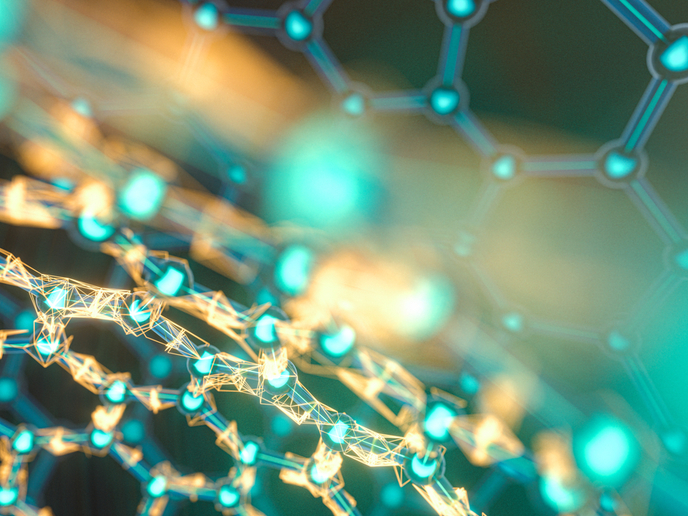Building the next generation of biocompatible robotics
Conventional robots consist of rigid parts that are incompatible with biological tissues and contain toxic materials. Moving from traditional engineering towards soft robotics needs novel biocompatible materials, which poses a significant technological challenge. Such materials have the potential to influence our everyday life with applications in biomedical devices, prostheses, and wearable electronics.
Biocompatible smart materials
The BIOACT project aimed to develop soft transducers that can be employed in smart biomedical devices. The research was undertaken with the support of the Marie Skłodowska-Curie Actions(opens in new window) (MSCA) programme and involved the use of ionic electromechanically active polymers (IEAPs). IEAPs are smart materials that exhibit a change in size or shape in response to electrical signals. Typically, they consist of a microporous ion-permeable membrane that is placed between two electrodes. The system is saturated with an ionic liquid electrolyte, and IEAPs operate transducing between electric current and mechanical deformation when ions from the electrolyte are transported within them. “To achieve biocompatible IEAPs, all the components need to have low toxicity and be safe to use,” explains the MSCA research fellow Kaija Põhako-Esko. The focus of BIOACT was on conductive polymers, as these show the highest potential for medical applications. Researchers wanted to find the optimal combination of materials for achieving safety without compromising IEAP performance. Towards this goal, they developed and fully characterised(opens in new window) choline-based ionic liquids with established low toxicity in several living organisms since choline is an essential nutrient. To prepare biocompatible actuators, they combined(opens in new window) these choline ionic liquids with polypyrrole(opens in new window) electrodes and biopolymer membranes. They tested the performance of these novel materials and found it to be (comparable) with that of benchmarked electroactive materials containing rather toxic commercial ionic liquids(opens in new window).
Advantages and prospects of IEAPs
Among the advantages of IEAPs are their simple, soft and flexible structure that mimics the mechanics of biological tissues. They operate at very low voltage and can be miniaturised to serve numerous biomedical applications. Moreover, IEAP activation is an ionic-driven process similar to those encountered in the human body. BIOACT has successfully prepared biologically benign IEAP actuators that can function under conditions, temperature and pH, in the human body. “Although we demonstrated that biofriendly choline ionic liquids can be used as electrolytes in IEAP actuators, the research will continue with testing of ionic liquid mixtures and pharmaceutically active ionic liquids,” emphasises Põhako-Esko. Mixing different ionic liquids enables fine tuning their properties, which influences the performance of the actuators. Moreover, the use of pharmaceutically active components will enable the development of multifunctional materials for drug release systems. To facilitate this process and help design ionic liquids with specific properties, the BIOACT team developed a computational method(opens in new window) that can predict the characteristics of ionic liquids and thus reduce the experimental burden. Collectively, BIOACT opens new opportunities in medical engineering of biocompatible multifunctional devices through its innovative IEAPs. These smart materials are expected to meet the demands of increasing demographic ageing in terms of gait assistance devices, cochlear implants and smart catheters.







